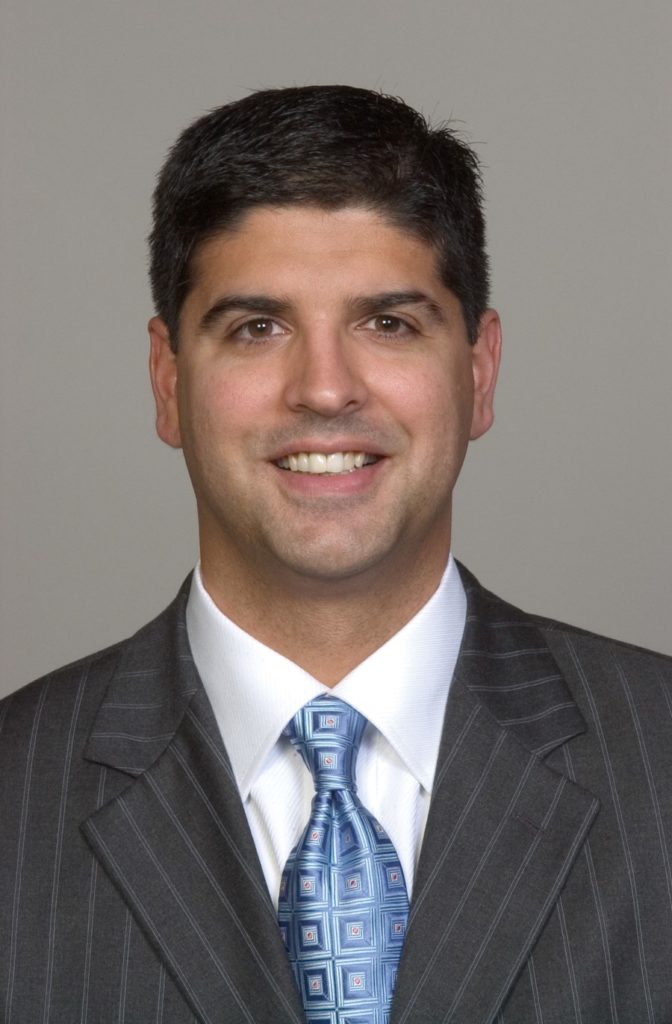

Back in August, I wrote an article about the ever-changing nature of the U.S. Department of Health and Human Services rules surrounding use of the CARES Act Provider Relief Fund monies by health care providers. Well guess what? HHS changed them again.
On Sept. 19, HHS published additional guidance called “Post-Payment Notice of Reporting Requirements.” In that notice, HHS changed the method of calculating lost revenues due to coronavirus for which funds can be used, clarified terms and further changed the calculations period for use of PRF monies.
Remember, the PRF is a grant, not a loan. But how providers spend that money will be looked at with a microscope, and if used improperly, HHS says it will take back money, and may issue civil money penalties or other sanctions against providers for wrongful use of the PRF monies. We have been telling our clients to follow the plethora of Frequently Asked Questions that HHS has been pushing out, often with new reporting requirements, over time.
But where HHS was vague in some of its FAQs, now the notice offers additional guidance. It also may create more questions and significantly change the way providers need to report use of these PRFs, however..
Lost revenue further defined (or changed!)
The biggest change under the new notice came in HHS’ new method of calculating “lost revenues” under the CARES Act PRF. As you may recall, HHS created two categories of allowable uses of these relief funds: 1) healthcare-related expenses attributable to coronavirus, and 2) lost revenues that are attributed to coronavirus. Back in June, HHS said that the “lost revenues” prong could be calculated using “any reasonable method” of estimating the revenue compared to the same period at that time had COVID-19 not appeared.
In addition, HHS said previously that it “would also be reasonable to compare the revenues to the same period last year.”
But that was June. Now the new Sept. 19 notice says that lost revenue must take into account NET GAIN, not just gross revenues. In other words, HHS now defines “lost revenue” as a “negative change in year-over-year net patient care operating income (i.e., patient care revenue less patient care related expenses.” So now HHS allows expenditure of PRF funds for revenue that a health care provider lost due to COVID-19, but now adds in expenses to determine that lost revenue in the same year.
So providers need to do a more detailed analysis with their accountants and lawyers to determine the actual lost revenue under this new HHS imposed standard. Failure to follow these HHS Notice guidelines may result in penalties, fines, and possible other sanctions from HHS.
Also, HHS limits the use of the PRF funds for lost revenue in 2020 to a provider’s 2019 net gain as described above. So if you had little or no gain in 2019, that could materially affect your use of PRF funds. HHS says, “Recipients that reported negative net operating income from patient care in 2019 may apply PRF amounts to lost revenues up to a net zero gain/loss in 2020.”
Healthcare related expenses due to coronavirus further explained
HHS has now categorized health-related expenses into two buckets: A) G&A Expenses and B) other healthcare related expenses. Details and a breakdown of these expenses can be found in more detail in the notice to assist providers in utilizing PRF monies for those expenses.
But HHS also clarified its mandate that PRF monies only be used “net of other reimbursed sources.” For example, HHS only wants PRF monies to be used as a last resort, and not if similar expenses are covered by other sources. The Paycheck Protection Program is a good example of what HHS believes should be used for COVID-19 expenses FIRST, before utilizing PRF monies for those purposes.
HHS also defined what “other reimbursed sources” means:
net of other reimbursed sources (e.g., payments received from insurance and/or patients, and amounts received from federal, state or local governments, etc.) . . .
Notice, p. 3.
So for those providers that did not account for insurance payments, patient revenue or other government monies will now have to make sure that these payments are properly documented and reconciled with the proper use of the PRF monies.
Extension of PRF usage time period:
HHS also increased the time period past 2020 for use of the PRF funds:
If recipients do not expend PRF funds in full by the end of calendar 2020, they will have an additional six months in which to use remaining amounts toward expenses attributable to coronavirus but not reimbursed by other sources, or to apply toward lost revenues in an amount not to exceed the 2019 net gain. For example, the reporting period January – June 2021 will be compared to the same period in 2019.
Notice, p. 2.
It remains to be seen if HHS will extend this time period again depending on the continuance of the COVID-19 pandemic.
Bottom-line, these new HHS notice revisions to the methodology for calculating use of PRF funds require providers to check and re-check their accounting for HHS PRF monies. Undoubtedly, compliance with the FAQs, and the new notice will be the subject and a roadmap for future audits and investigations by HHS.
Neville M. Bilimoria is a partner in the Chicago office of the Health Law Practice Group and member of the Post-Acute Care And Senior Services Subgroup at Duane Morris LLP; [email protected].





